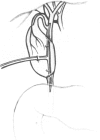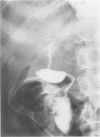Abstract
The combined Cambridge/King's College Hospital series of 64 orthotopic liver grafts' experience dates back to 1968. Many patients were referred for liver grafting late in the course of their diseases and were operated on when they were too ill or died before suitable livers could be found. Complications of biliary drainage were the most frequent causes of death. In the past two years we have acquired experience of a method of liver preservation which permits up to 8 hours of safe storage without any complicated machines and we have been able to transport 22 livers by air and road from other institutions to our own unit. This has enlarged the pool of potential donors and therefore reduced the average waiting time for a liver transplant. A new method of biliary drainage has been employed in 24 patients using the vascularised gall bladder as a conduit between the donor and recipient common ducts. This has resulted in a marked reduction in early postoperative complications of biliary fistula and obstructed bile drainage. Now that survival has improved, it has become clear that uncontrollable rejection of the allografted liver in man is much less severe than that experienced with kidney transplants. The results of liver grafting in our unit during the past year are better than those obtained with kidneys from cadaver donors.
Full text
PDF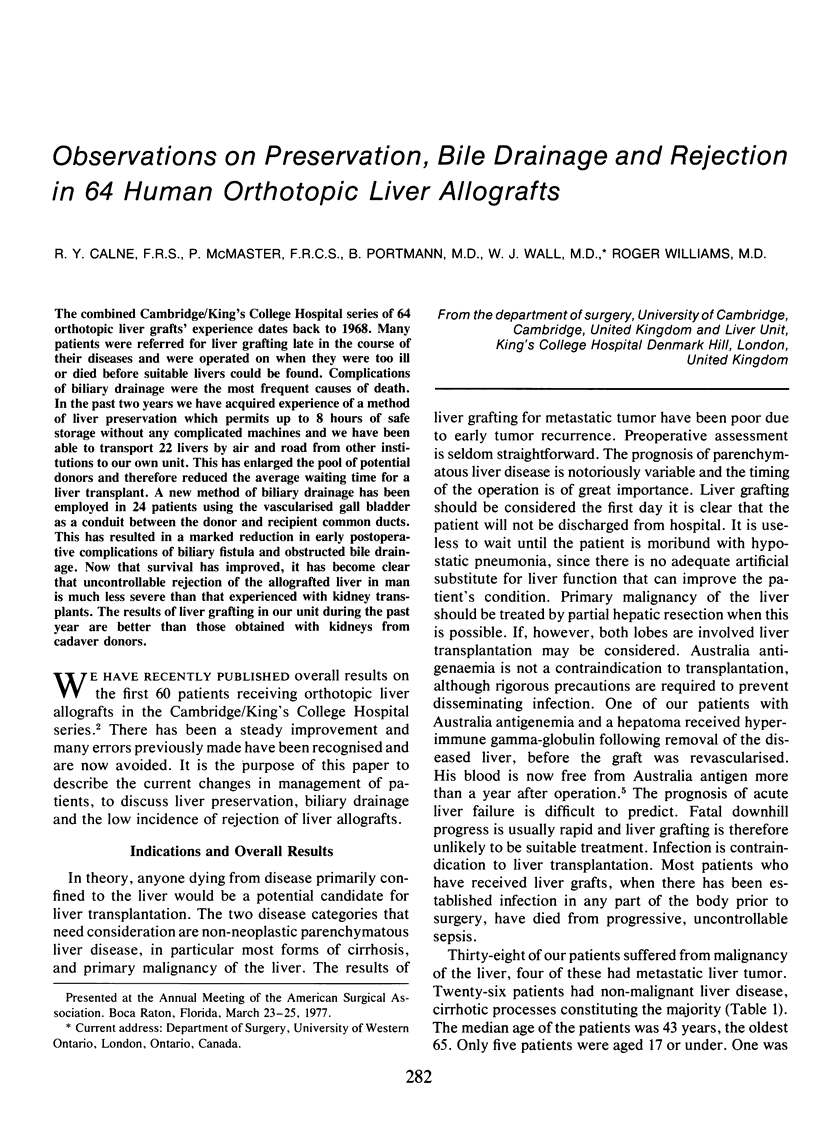
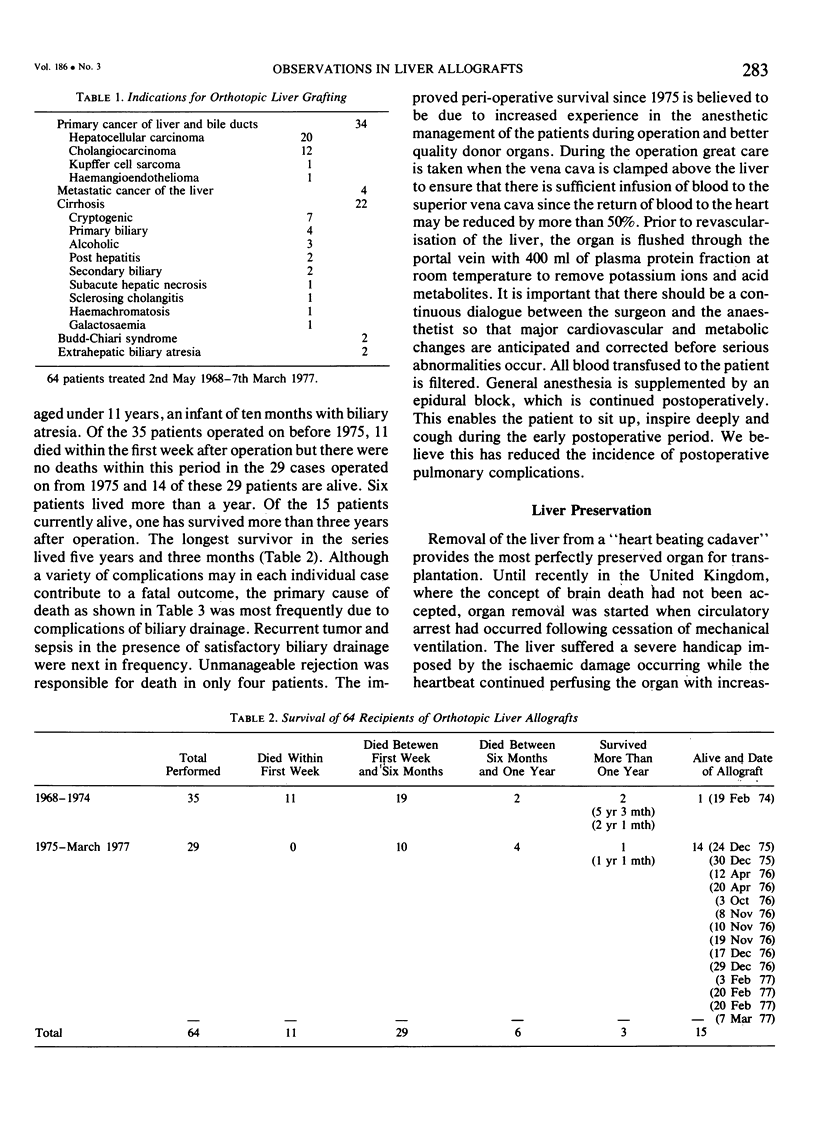
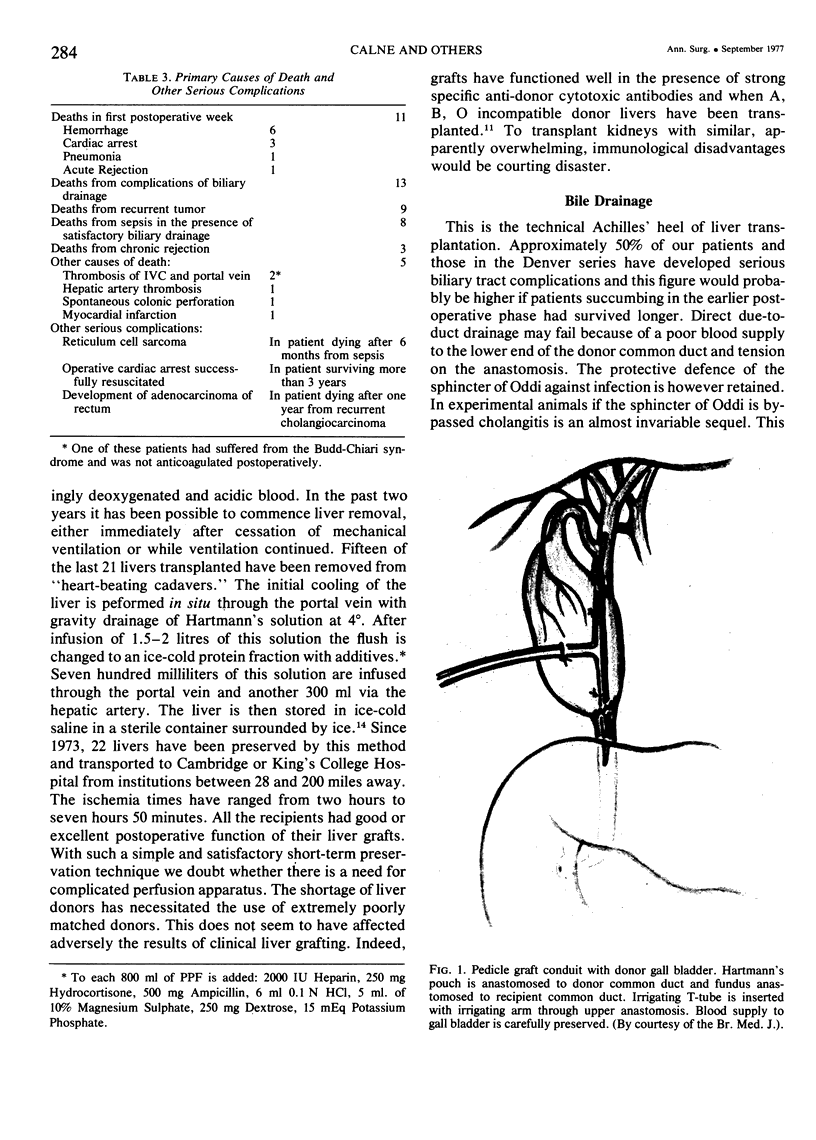
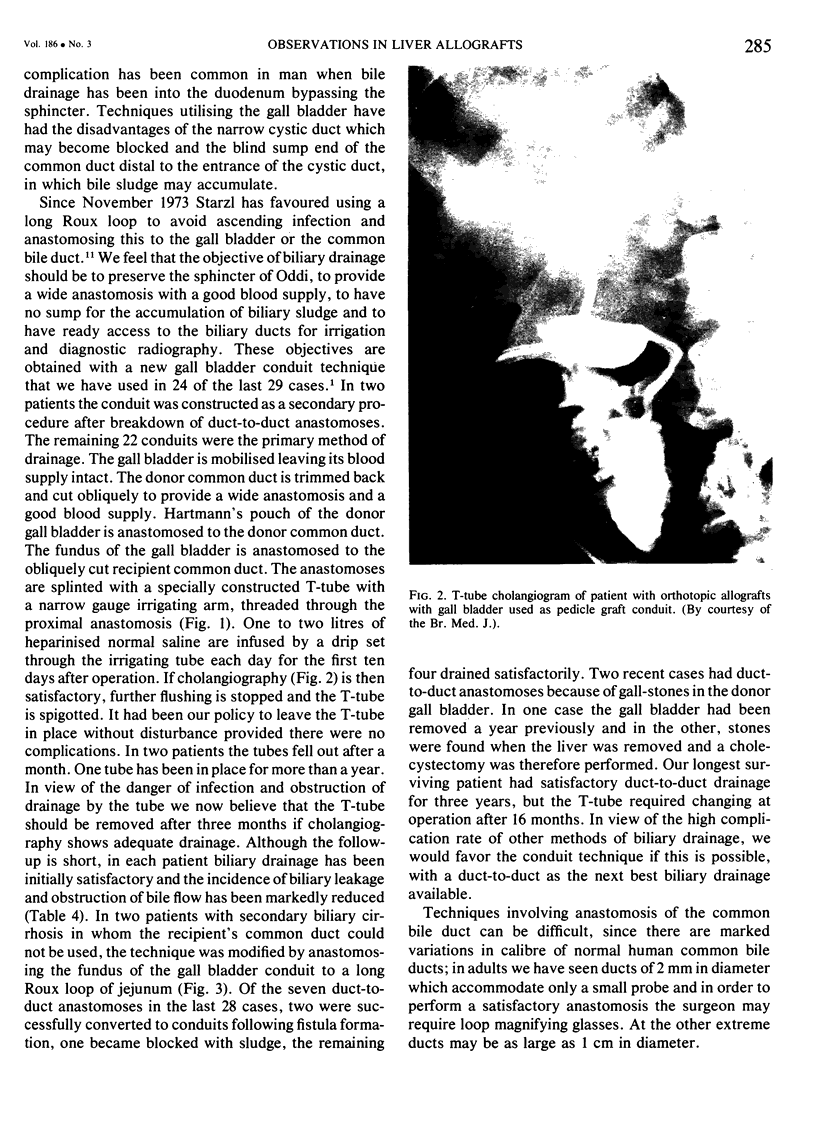
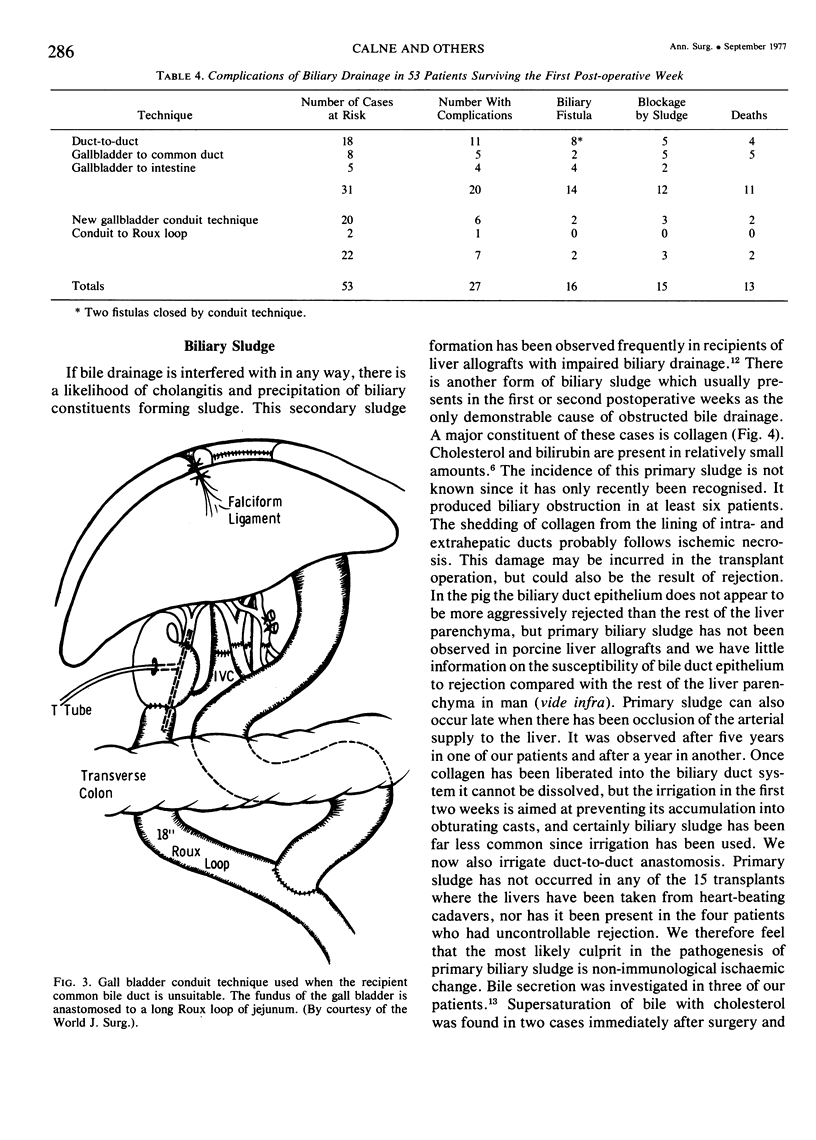
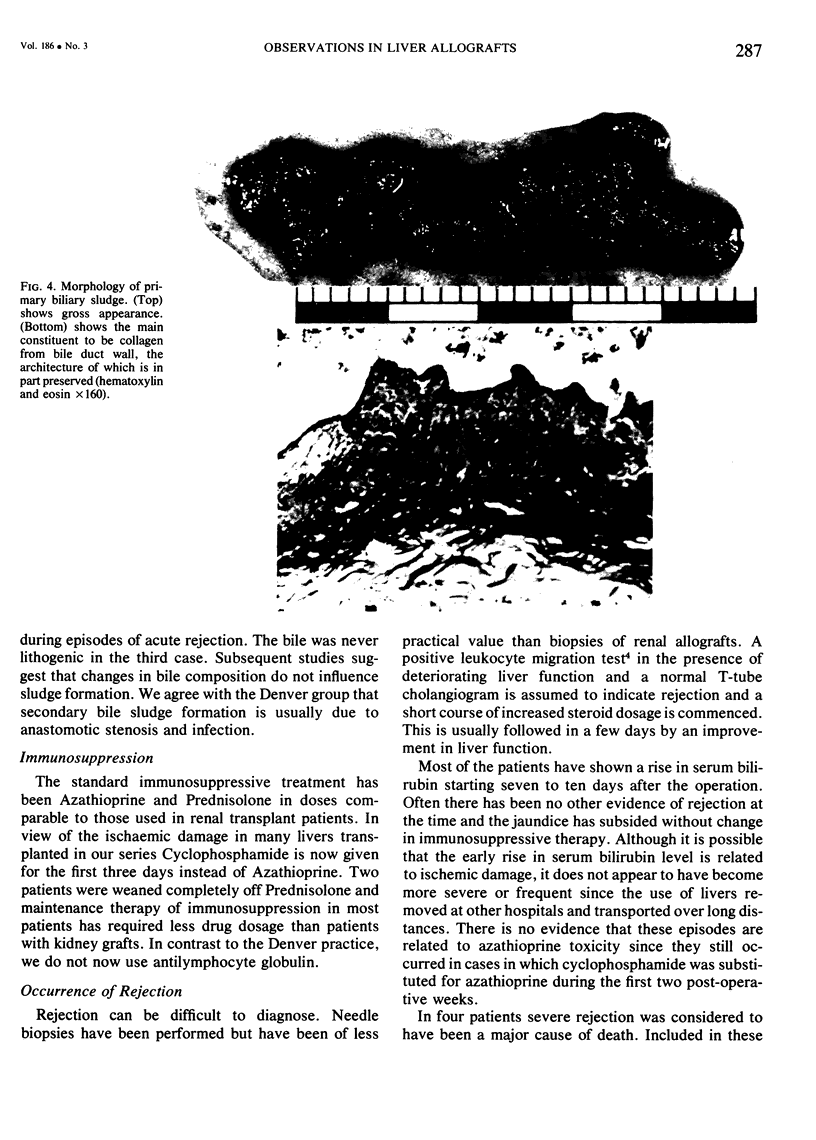
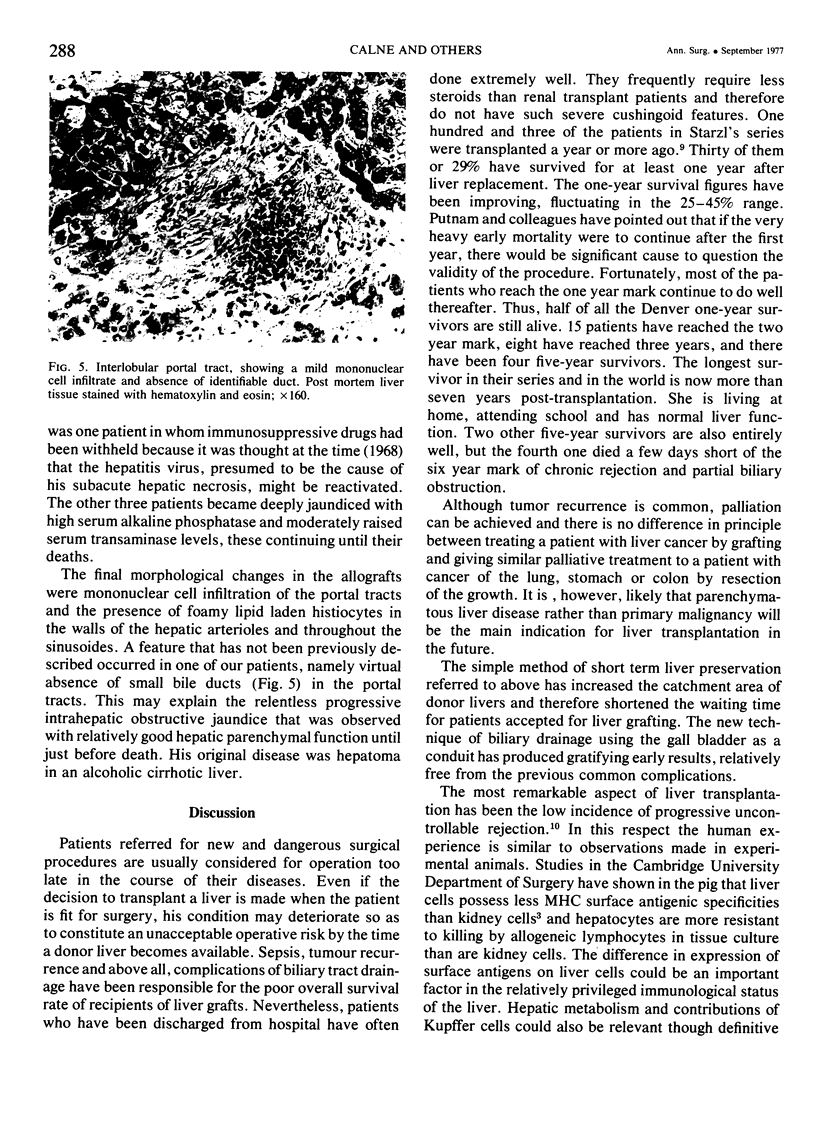
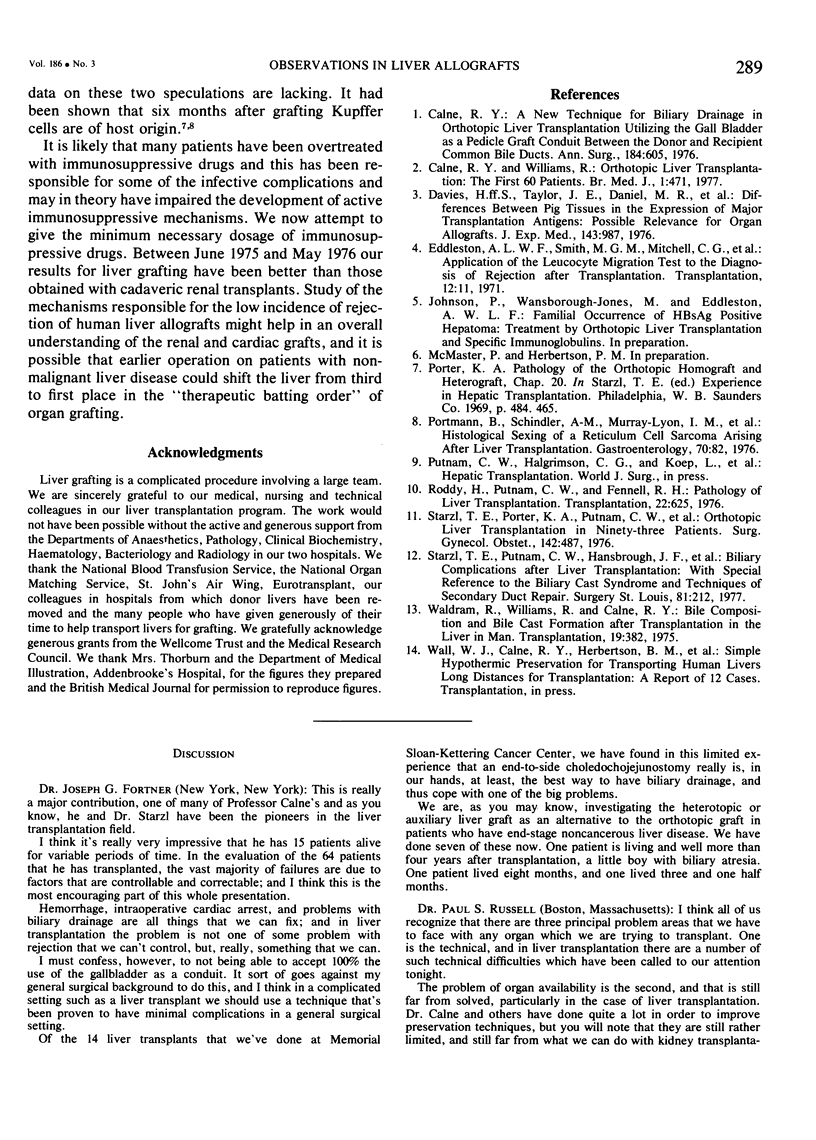
Images in this article
Selected References
These references are in PubMed. This may not be the complete list of references from this article.
- Calne R. Y. A new technique for biliary drainage in orthotopic liver transplantation utilizing the gall bladder as a pedicle graft conduit between the donor and recipient common bile ducts. Ann Surg. 1976 Nov;184(5):605–609. doi: 10.1097/00000658-197611000-00012. [DOI] [PMC free article] [PubMed] [Google Scholar]
- Calne R. Y., Williams R. Orthotopic liver transplantation: the first 60 patients. Br Med J. 1977 Feb 19;1(6059):471–476. doi: 10.1136/bmj.1.6059.471. [DOI] [PMC free article] [PubMed] [Google Scholar]
- Davies H. S., Taylor J. E., Daniel M. R., Wakerley C. Differences between pig tissues in the expression of major transplantation antigens: possible relevance for organ allografts. J Exp Med. 1976 Apr 1;143(4):987–992. doi: 10.1084/jem.143.4.987. [DOI] [PMC free article] [PubMed] [Google Scholar]
- Eddleston A. L., Smith M. G., Mitchell C. G., Williams R. Application of the leucocyte migration test to the diagnosis of rejection after liver transplantation. Transplantation. 1971 Jul;12(1):11–17. doi: 10.1097/00007890-197107000-00002. [DOI] [PubMed] [Google Scholar]
- Portmann B., Schindler A. M., Murray-Lyon I. M., Williams R. Histological sexing of a reticulum cell sarcoma arising after liver transplantation. Gastroenterology. 1976 Jan;70(1):82–84. [PubMed] [Google Scholar]
- Roddy H., Putnam C. W., Fennell R. H., Jr Pathology of liver transplantation. Transplantation. 1976 Dec;22(6):625–630. doi: 10.1097/00007890-197612000-00013. [DOI] [PubMed] [Google Scholar]
- Starzl T. E., Porter K. A., Putnam C. W., Schroter G. P., Halgrimson C. G., Weil R., 3rd, Hoelscher M., Reid H. A. Orthotopic liver transplantation in ninety-three patients. Surg Gynecol Obstet. 1976 Apr;142(4):487–505. [PMC free article] [PubMed] [Google Scholar]
- Starzl T. E., Putnam C. W., Hansbrough J. F., Porter K. A., Reid H. A. Biliary complications after liver transplantation: with special reference to the biliary cast syndrome and techniques of secondary duct repair. Surgery. 1977 Feb;81(2):212–221. [PubMed] [Google Scholar]
- Waldram R., Williams R., Calne R. Y. Bile composition and bile cast formation after transplantation of the liver in man. Transplantation. 1975 May;19(5):382–387. doi: 10.1097/00007890-197505000-00004. [DOI] [PubMed] [Google Scholar]



